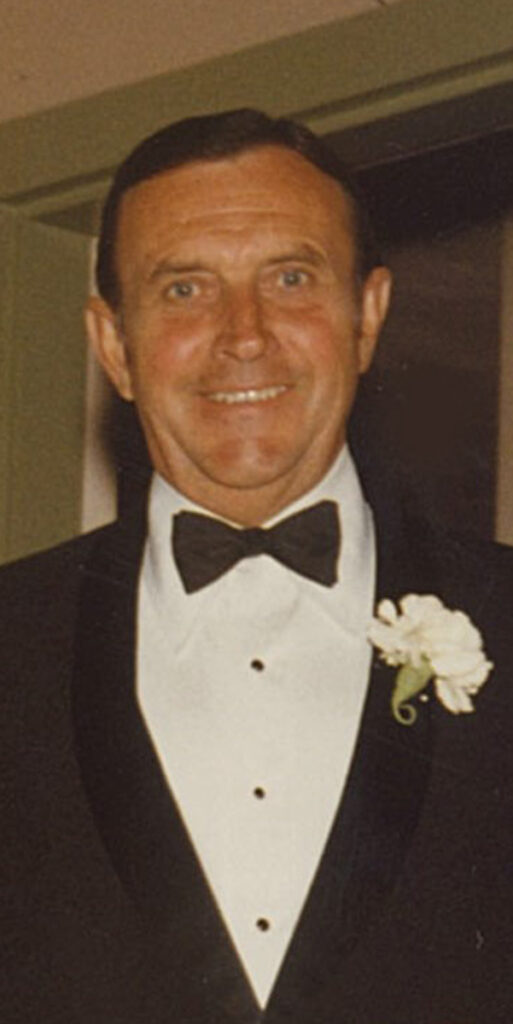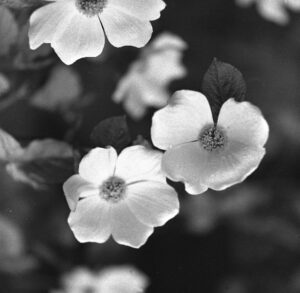
Born: December 17, 1916; Calexico, California
Died: August 31, 1994
John Magill was born and raised in Calexico, California, situated on the Mexican border. He attended the University of Texas and after World War II, moved to Tulare in the San Joaquin Valley to join his father in the cotton brokerage business. John later went into journalism, then elementary school administration and was a school principal until his retirement.
John had an artistic passion for black and white photography and his favorite subject matter was nature. His first love was Yosemite, a landscape photographer’s dream. He and his family journeyed there often. His daughter Cathy (Catherine Magill Good) recalls numerous camping and pack trips when John would drag his cameras along and photograph the surroundings.
John owned many medium format cameras over the years. He was able to adjust the film and the lens planes to control the depth of field and the size relationships of objects in the frame. Having a natural eye for texture, depth, layers, shadows, shapes, patterns and lines, he achieved a profound sense of ‘color’ through a well-planned and executed black-and-white image. He worked in natural light and sometimes waited for days to get just the right kind of light in his photographs.
John was a great admirer of Ansel Adams and modeled many of his photos on those of the famous Mr. Adams. All the famous images found in Yosemite, or the High Country are represented in his collection. Among the best are Yosemite Falls, Vernal Falls, Half Dome, and El Capitan. Also, lovely ones of white dogwood in the first days of bloom.
Later he spent time on beach scenes, especially on vacation on Vancouver Island. He experimented with taking shots of sand bars and tidal streams; again, noting the light and shadows that made them so interesting. He would lie on the ground and find a view with beach grass in the foreground and the bay in the background.
Ansel Adams said, “The negative is an equivalent of composer score, and print is the equivalent of the conductor’s performance.” “Back in the 1950s, the process of developing film and then printing photos was complicated and time-consuming. In his own darkroom, John developed and dried the film. Then working in the dark or with a red light on, he printed single photos. John used a machine called an enlarger to select just the right part of the negative to print, how large and adjust the light and darkness. The process was completed by placing the paper into a series of chemicals and drying it.
John’s passion was to make photos that showed the beauty of nature and to educate others about the importance of preserving nature. He taught us that we should focus on photographing how a scene feels— not just how it looks. His legacy lives on with the extraordinarily beautiful prints he created.

